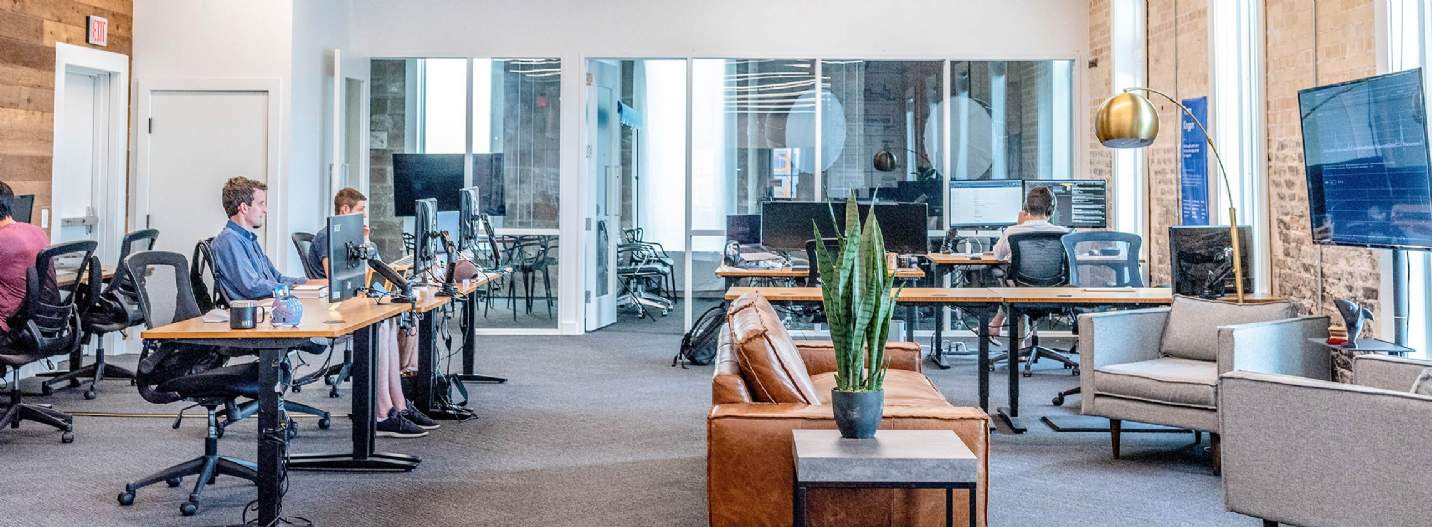Prime yield moves out by 25 basis points
There has been cautious optimism on the economic outlook with the base rate remaining at 5.25% since 3 August, with economists forecasting the base rate to fall in the second half of 2024. This has, however, not altered investor sentiment in the short term which was reflected in the Savills prime regional office yield moving out by 25 basis points from October to stand at 6.75%. This is the highest level since August 2009. The outward yield shift has been notable, with the prime regional office yield softening by 200 basis points since August 2022.
Investment volumes have been impacted by the weaker market sentiment, with £1.9bn recorded at the end of the third quarter which was 62% below 2022 and the five-year average for the same time period. There was £506m transacted in Q3 23 which was the lowest quarterly total since Q3 2008. The two largest deals recorded in Q3 were Praxis acquiring the Brindley Place campus, Birmingham for £125m, reflecting a yield of 11.53% and Citi buying One Sovereign Street, Leeds for £38.5m, reflecting a yield of 7.00%.
Price discovery has been challenging to achieve across the market. Focussing on the South East region, there is currently £1.45bn of stock being marketed that remains unsold at the current pricing. The total discount on assets traded in 2023 compared to their previous sale within the last five years is 50%, demonstrating the compromise on pricing that vendors are reaching to achieve a sale.
Prime rental growth accelerates across the regional office market
In contrast to the weaker investor sentiment that is currently prevailing across the regional office market, there has been an uptick in activity across the occupational markets. The polarisation in letting and rental performance of prime and secondary assets has accelerated post-Covid-19, notably in the Greater London & South East region, where 75% of take-up recorded in the first three quarters of the year was Grade A standard. This was the highest proportion ever recorded.
Corporate occupiers are seeking best-in-class sustainable office space that is amenity-rich which can help attract and retain staff in a competitive labour market. Office space that is designed to align with an occupier’s values can help cultivate and reinforce a company’s culture. Morgan Stanley’s AlphaWise survey uncovered the flight to quality, with 50% of workers suggesting that their new workplace has more amenities.
There is a lack of existing prime space available, with only 13% and 19% of total supply across the Greater London & South and Big Six Regional City markets being classified as this standard. The limited competition for prime space combined with corporate occupier demand being focussed on this product has facilitated significant rental growth. Eight submarkets across the Greater London & South East region have experienced over 10% prime headline rental growth this year. Notably, Maidenhead and Crawley have seen prime headline rents increase by 46% and 37%, respectively. This trend has also been evident across the Big Six regional cities, with Manchester, Edinburgh, Birmingham and Leeds setting new record rents this year.
Savills Landlord Flex 2023 survey revealed that there has been an increase in the typical size of a flexible workspace requirement.
A consequence of the ongoing desire for more flexibility and service from tenants is the change in the size of occupiers who have been leasing flexible office space. In the 2022 survey, the most common size requirement was between 500–2,500 sq ft, accounting for 73% of responses from landlords. There has been an increase in demand for flex space from larger tenants, which was revealed in the 2023 survey, with 41% of landlords stating that 2,500 sq ft + was the typical flex size unit. Interestingly, 13% of landlords stated it was over 5,000 sq ft, highlighting the increasing demand for flexibility from corporate occupiers and a move towards managed products.
